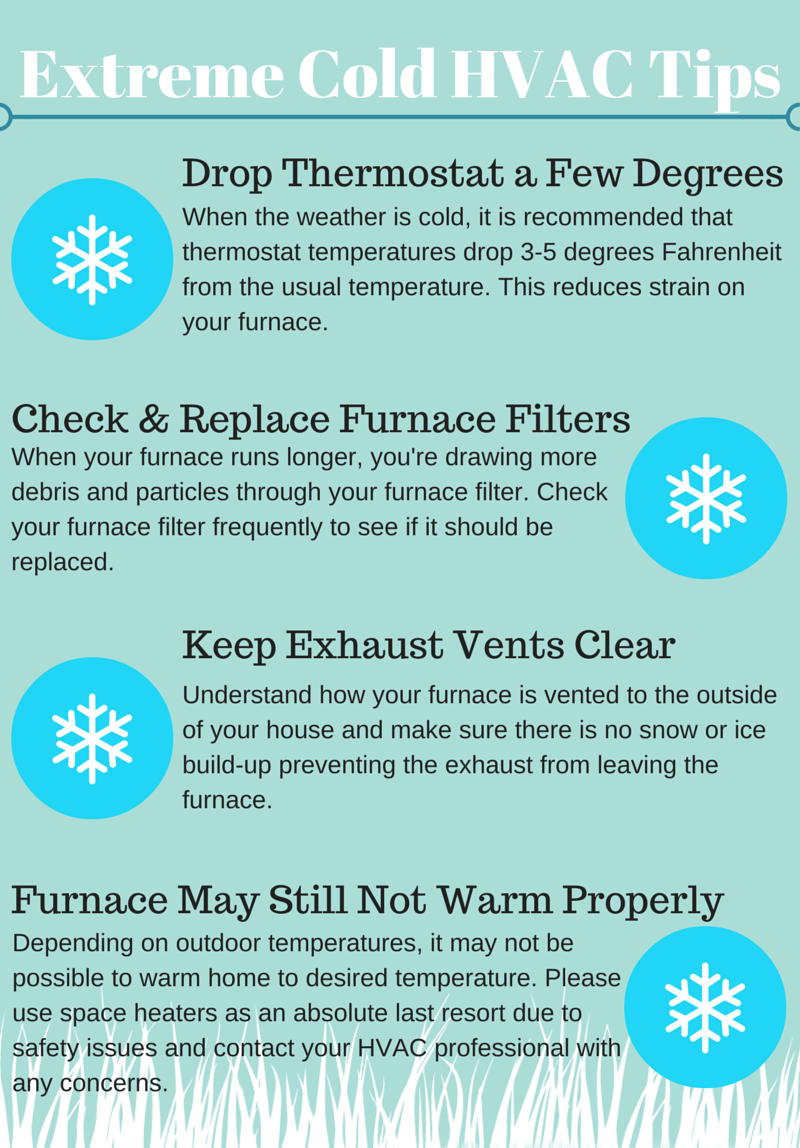Before diving right into the installment process, it's crucial to guarantee your home awaits the future heatpump installation. From decluttering the location to checking electrical compatibility and air flow, each step plays an important role in the successful setup of your new system. By thoroughly preparing your home, you pave the way for a seamless installation experience and effective functioning of your heatpump. But what other crucial factors to consider should you keep in mind to ensure a convenient procedure?
Clearing Up the Installment Area
Have you prepared the setup area for your heatpump? Before the installment process starts, it's important to guarantee that the location where your heat pump will be mounted is clear and prepared for the service technicians to function efficiently.
Beginning by removing any obstacles or clutter near the marked spot for the heat pump. See to it that there's enough area around the device for correct air flow and maintenance gain access to. Remove any particles, plants, or furniture that can block the setup procedure or impede the heat pump's efficiency.
Furthermore, look for any type of potential threats such as overhanging branches or frameworks that could disrupt the heatpump's operation.
It's important to create a secure and unhampered environment for the setup team to work in. By taking the time to clear the installation location in advance, you can help ensure a smooth and effective heat pump installment process.
Checking Electrical Compatibility
To make certain an effective heatpump installation, it's vital to check the electric compatibility of your marked setup area. Begin by guaranteeing that your electric panel has the ability to support the brand-new heat pump. Check if there suffice available circuit breakers and adequate amperage to deal with the additional load. If required, seek advice from a qualified electrician to assess and update your electrical system.
Next, validate if the voltage demands of the heatpump match your home's electrical supply. Many heat pumps operate on conventional house voltage, yet it's essential to verify this to prevent any kind of electric concerns throughout installment. In relevant resource site , make certain that the electrical wiring in your house is in good condition and meets the requirements laid out by the heat pump maker.
Last but not least, think about the location of the local power source to the outside unit of the heatpump. It must be within reach for very easy connection without the demand for comprehensive circuitry. By dealing with these electric compatibility factors in advance, you can make certain a smooth and successful heatpump installation process.
Ensuring Appropriate Air Flow
For ideal efficiency and effectiveness of your heatpump, ensuring appropriate ventilation is crucial. Sufficient air flow allows the heatpump to work ideally by giving the necessary air movement for warm exchange procedures. Before setup, see to it that the location where the heat pump will be positioned has sufficient ventilation to avoid overheating and make certain appropriate air blood circulation.
Clear any blockages around the unit to permit unrestricted air movement, which is critical for the heatpump to operate successfully.
In addition to the room around the heatpump, take into consideration the total ventilation in your home. Excellent air flow throughout your home assists distribute conditioned air effectively, making sure constant temperature levels and optimizing power financial savings. Appropriate air flow additionally helps maintain indoor air high quality by reducing pollutants and moisture accumulation.
During the installment procedure, talk to your HVAC professional to confirm that the air flow demands for your specific heat pump model are met. By focusing on air flow, you can improve the performance and durability of your heatpump system.
Final thought
Now that you have cleared the installment location, inspected electrical compatibility, and made sure appropriate air flow, your home awaits a successful heat pump installment. By following this comprehensive list, you have created a risk-free and conducive setting for the brand-new heatpump to run successfully. Remember to talk to specialists if needed and delight in the advantages of a much more comfortable and energy-efficient home.
